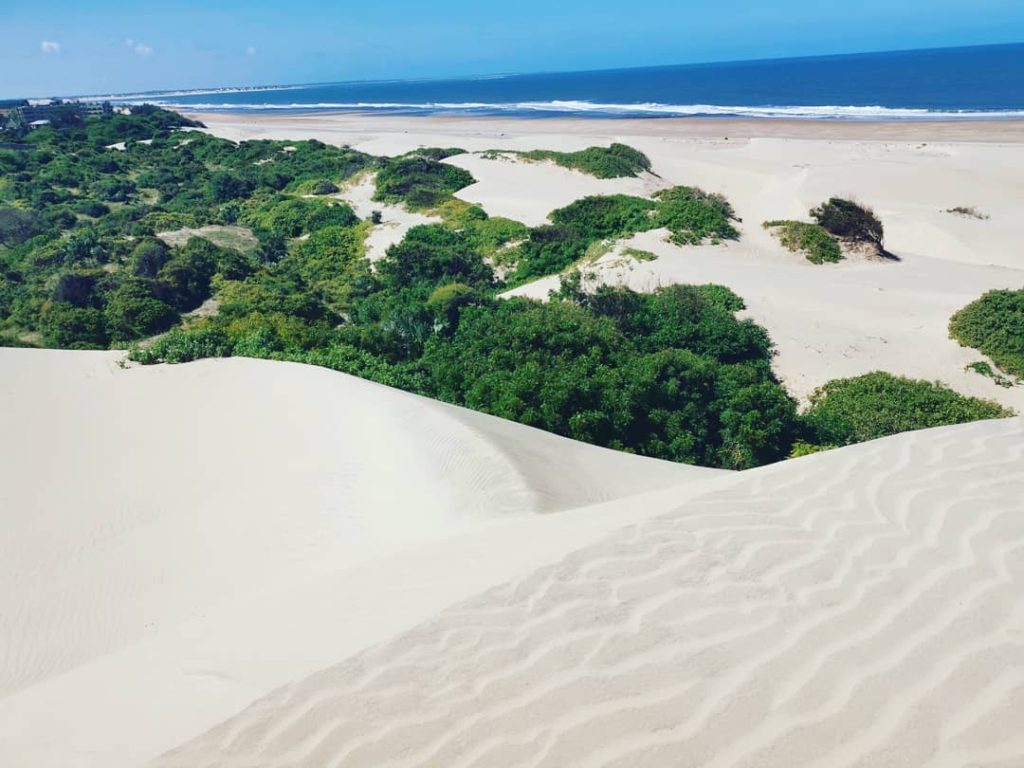Mambrui: The Disappearing Town

Image credit: Kim Musau

Image credit: Kim Musau
Many years ago there was a vibrant town square filled with people of different ages and races. If you visited back then, you would see young children rushing to their madrasa classes, while their parents hurried along the streets to make it to work. The vibrancy of the town would be completed by traders who yelled out prices, persuading potential buyers with their words. This was how Mambrui Town was in the 15th Century – at least, it’s how we imagine it may have been. The 1400s was the golden era of Mambrui. And thanks to its location along the Kenyan Coast, it was the perfect spot for international trade. Thus foreigners flocked to its shores from as far as China, hoping to try their luck in the town of opportunity.
Today, if you visit Mambrui you would find it hard to believe that it was once a coastal hub of culture, spices and trade. The winding streets which were once filled with crowds are now deserted, the noise that must have once filled the skies has been replaced with resounding silence and one of the remains is a 200-year-old mosque which is empty. You could say Mambrui is now a ghost town, an abandoned ruin covered in sand. You could also call it as it is known – The Disappearing Town.
Discussions about sand dunes conjure up images of the vast deserts in Northern Africa or the far-away lands of the Arabian Peninsula, but believe it or not, we have our very own sand dunes right here on the Kenyan Coast. Whether this is a good thing or not is up for debate because we only have the dunes at the cost of Mambrui Town. According to a 1997 UNESCO report on Sustainable Coastal Development, Mambrui Town will have completely disappeared beneath a sea of sand in just a few decades – and maybe it already has. The dunes are quite literally gobbling the town as they grow!
Yet even with this misfortune, Mambrui still has tremendous archaeological and tourism value. In 2010, a team of Kenyan and Chinese archaeologists revealed that they had discovered a 15th-century Chinese Yongle Tongbao coin, remains of iron slag and a jade-green shard of porcelain which they believe belonged to the Ming Dynasty. These discoveries give more insight into Malindi’s history as a trading centre. And for those who are mainly interested in holiday destinations, as opposed to ancient history, Mambrui does not disappoint! You can walk atop the sand dunes and explore the ancient town, or if you prefer, you can drive along the beach. And if you’d like to spot some wildlife on your tour, the Sabaki River that flows through the former town is home to flamingos and several humongous hippos. #OnlyInKenya can you find rich history and an assortment of wonders in one place!
Thinking of taking a trip down to the coast? Why not add Mambrui to your bucket list? You may be able to catch a glimpse of this ghost town before it completely disappears beneath the sand.
#KePlaces



